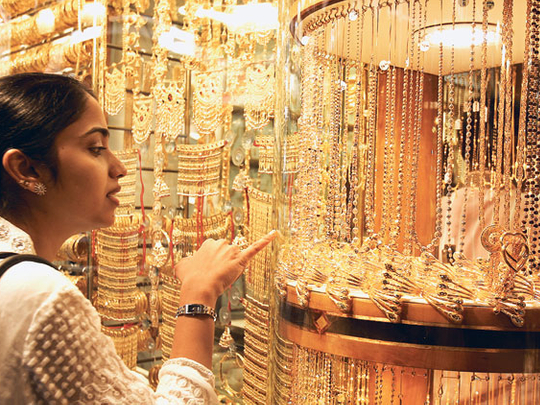
Well the markets are "throwing a wobbly" as they say where I come from; it's a phrase applied to the propensity to emotional mood swings from minor encouragement.
The PIGS (Portugal, Ireland, Greece, and Spain) have a debt crisis, and despite underlying good news in other economies, markets have generally thrown a wobbly, even though the PIGS have been hatching their crisis for some time. The UK ends up with one of two predictable results: a Parliament "hung" and the markets decide to batter sterling even though it's the same currency as it was last week. Another "wobbly".
Market psychiatrists will argue that you need to understand the patient. The reason, they say, is that markets "throw wobblies" when there is any element of uncertainty. This is all very frustrating for investors who are taking a medium term view on specific markets. If there were a "Market HQ" investors would rally with banners saying "we want balanced reaction".
But Market has the same ingredients as Al Qaida in that he is difficult to find and made up of many diverse strands of thought in different locations. Market is currently spooked by three strands of fear: geopolitical risk (especially in Europe); almost certain inflation; and changing growth rates around the world. Downside scenarios on these fear strands are the root of the current wobbly.
Differences
What to do? Taking a theme from Angus Murray at Castlestone Management, one view is to be clear about the difference between "REAL" and "FINANCIAL" assets. "Real" assets are things you can hug and hold, like art, commodities, and a flavour of the month for Castlestone: physical gold.
Financial assets are more intangible. It's awkward to hug a Microsoft share, or a future which doesn't actually exist yet. Murray is clearly in the "real assets" camp for now.
For investors "going with the flow", the flow would have been: 1970-1980 real outperforms financial. 1980 to 2000, financial outperforms real. Today, Murray believes we are distinctly in the real camp for those looking to outperform.
For support, Castlestone refer to the Yale University Endowment composition 1996 to 2010 to demonstrate how heavily this band of brainiacs has made the financial to real swing.
Their asset allocation model 1996-2010 demonstrates the swing. Also note, specifically, the "real" increase between 2009 and 2010.
So if current uncertainty prompts a review of your "real" holdings, what do you do? Commodity options, energy, property, even art will fit the bill. One of Castlestone's favourites, in times of stress, is their Aliquot Gold Fund, their avenue for holding physical gold.
They list five reasons why gold should currently glitter in any portfolio. Firstly, gold's traditional role as the classic "safe haven". Gold holds its own as a safe haven simply because it is uncorrelated to other assets, indeed it's inversely correlated to many financial assets which provides a very useful step into its second feature: its role as a diversifier.
Thirdly, with a highly likely inflationary spiral about to start, the gold price serves as a hedge against the decline in purchasing power of money. On top of this, gold production is becoming more scarce, and yes, whilst the gold price is (in recent historical terms) high, it's not as if there is a lot of new gold coming out of the ground. Current pricing of physical stock relates to the physical stock above the ground.
Finally, that stock above the ground is witnessing an increase demand from the emerging money classes in places like Indian and China where jewellery demand has always been reasonably popular.
The writer is chairman of Mondial Financial Partners International












